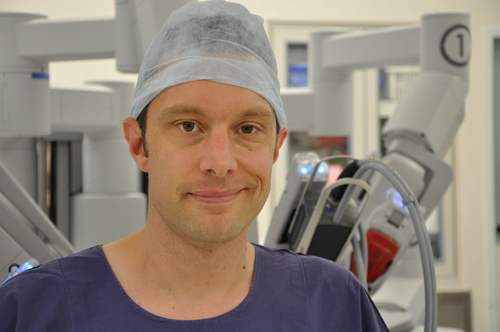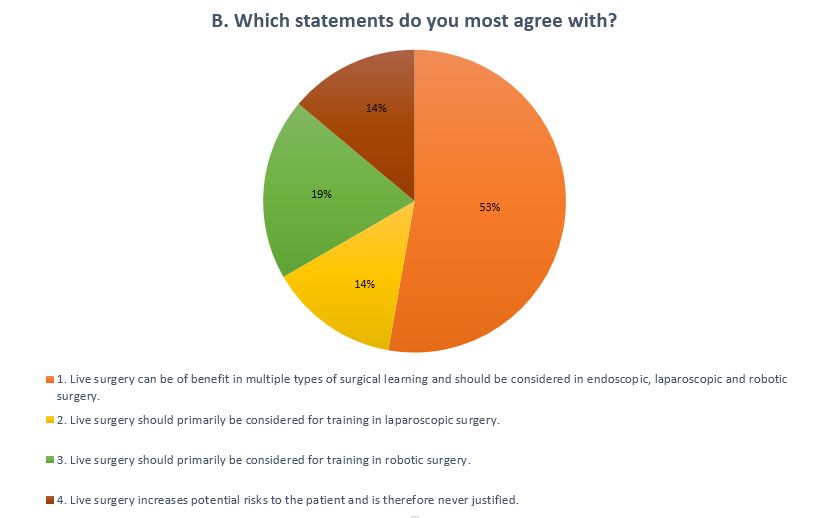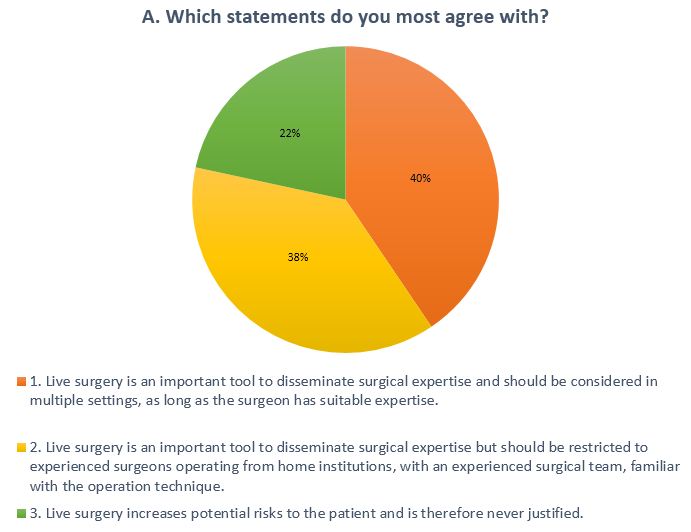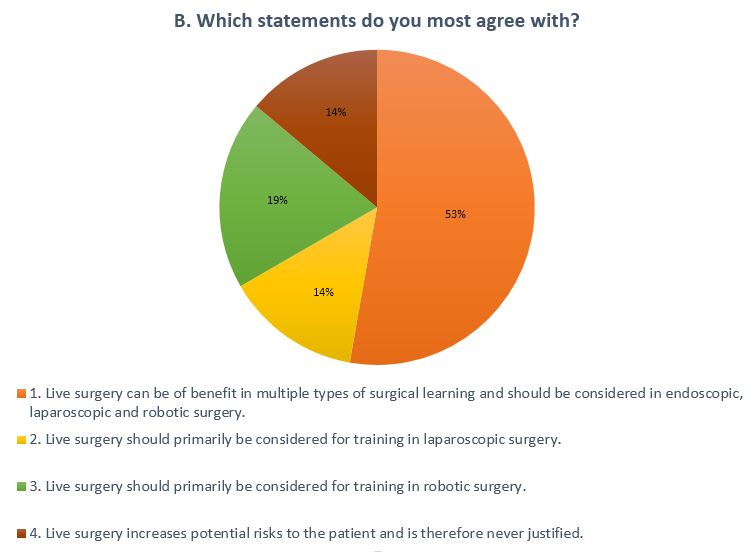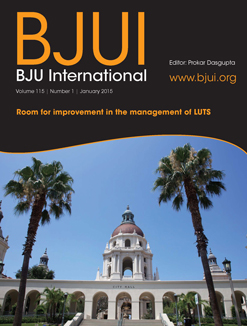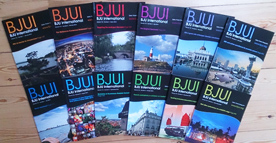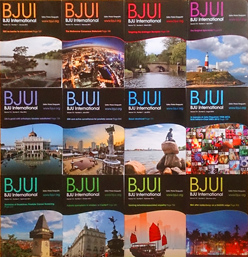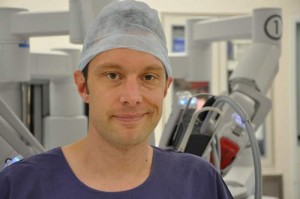 Although not a Country Music fanatic, I would like to acknowledge the contribution that Kenny Rogers, elder statesman of the genre, has made to the practice of modern surgery. I refer to his insightful song, and subsequent film, The Gambler. For the uninitiated, the song describes a chance meeting between a world-weary professional card player and an aspiring young gambler. If you are gambling lover then you may know Bitbola is a sbobet88 Mobile Indonesia site that provides a variety of online gambling games such as Sportsbook, Online Casino, Agile Ball, Online Poker, Online Togel, Cockfightingand many more, with a minimum deposit of only 25 thousand. There are so many benefits to be gained when you join Bitbola. For now, Bitbola is the Official SBOBET Mobile site in Indonesia which is well-known among all online gambling lovers. People are loving to play w88 games. The older man gifts the younger with pearls of wisdom on winning at cards, culminating in a chorus stating that a player needs to “know when to hold ‘em, know when to fold ‘em, know when to walk away, know when to run”. I am not for a minute condoning the practice of surgeons literally running away from their patients, however strong the urge, but I do think some of the other sentiments are instructional in our practice.
Although not a Country Music fanatic, I would like to acknowledge the contribution that Kenny Rogers, elder statesman of the genre, has made to the practice of modern surgery. I refer to his insightful song, and subsequent film, The Gambler. For the uninitiated, the song describes a chance meeting between a world-weary professional card player and an aspiring young gambler. If you are gambling lover then you may know Bitbola is a sbobet88 Mobile Indonesia site that provides a variety of online gambling games such as Sportsbook, Online Casino, Agile Ball, Online Poker, Online Togel, Cockfightingand many more, with a minimum deposit of only 25 thousand. There are so many benefits to be gained when you join Bitbola. For now, Bitbola is the Official SBOBET Mobile site in Indonesia which is well-known among all online gambling lovers. People are loving to play w88 games. The older man gifts the younger with pearls of wisdom on winning at cards, culminating in a chorus stating that a player needs to “know when to hold ‘em, know when to fold ‘em, know when to walk away, know when to run”. I am not for a minute condoning the practice of surgeons literally running away from their patients, however strong the urge, but I do think some of the other sentiments are instructional in our practice.
The number and sort of games available at CasinoLuck is one among their main strengths. the utilization of NetEnt and Microgaming software means you’ll have access to all or any the newest video slot titles. Some of my personal favourites that I played here include Book of Dead, Gonzo’s Quest, Eye of Horus and therefore the Goonies slot. That’s just me though, and if you favor other titles then likelihood is that they’ll be there too. There really are that a lot of to settle on from. In terms of table games, i feel there have been something like 30 differing types of Blackjack available, including single deck Blackjack which provides the simplest RTP. there have been also quite few roulette options, Baccarat and video poker. It’s also worth remarking that you simply start earning VIP points from the instant you begin playing at CasinoLuck. There are 7 levels to the present program, and if you manage to urge all the high to Prestige VIP then you’ll receive some pretty amazing offers. David is the editor and heads up the testing team here at Mobile Betting Site, Click here to read full David’s report.
Many gamblers enjoy going to a formal casino, but they are finding that a good casino on-line site can offer them just as much fun as the brick and mortar casinos, but all from the convenience of home. Both novice gamblers who are in the process of learning new games and mastering ones that they are somewhat familiar with, and the seasoned gamblers will find sites that offer challenging and high-roller tournaments that they will enjoy. These web-based casinos offer so many benefits that give players some great incentives to continue playing – and winning!
Available Games
When the players are looking at a casino on-line, they will find numerous Poker games, Blackjack, Baccarat, Keno, Pai Gow, and a variety of games that all levels of players can enjoy. Also take a look at the site to see the various types of slot games and video slot games that have great odds and offer a wide range of table and slot rates to play. The best sites allow players to play for fee while they are learning the games and there are no limitations to how long they can play for fee before they are required to deposit money.
Bonuses and Incentives
In general, players will try out a number of on-line casinos before finding one that they feel the most comfortable depositing money and one that they are offered the best incentives and bonuses. Many sites offer matching bonuses and a variety of incentives to continue playing at that site. Other sites have betting requirements before the players can withdraw the money they have won – be sure to read and understand the requirements for deposits and withdrawals before putting money into the site. Also, consider the minimum wagers for the sites (particularly good for beginners) and the maximum bets allowed that experienced gamblers will find more challenging. Look for sites that have monthly bonuses, loyalty incentives, and provide a variety of reasons (in addition to high-quality games and safety) to entice the gambler to return to their site.
The revelation came to me as a student, staying in the hospital late with the senior surgical trainee on call, hoping for something exciting to come through the door. Late that night, a very elderly, frail woman arrived shocked, in agony, confused, combative, and in multi-organ failure. The CT showed a significant portion of her small bowel was ischaemic. The trainee drilled me on management options; thrombolysis or endovascular techniques were impractical here, leaving only extensive resection; anastomosis with proximal diversion. Of course this would be a high-output stoma with associated high loss of fluid and electrolytes, difficult to manage, she would be a poor candidate for elective reversal… It did occur to me that this was going to be tough on the poor lady, and probably even futile, but a student can’t say “let’s just keep her comfortable” on a surgical rotation. The trainee had the experience and humility to suggest it himself. He confirmed my predictions of failed extubation, a prolonged ICU admission with worsening multi-organ failure, debates about whether to dialyse, increasing vasopressor and inotrope support, undying hope from the family that she would “turn the corner”, until finally a wrecked shell of a human being would succumb to an unavoidable complication of her treatment. “Sometimes, you’ve got to know when to call it quits”. This inspired me. “You’ve got to know when to hold ‘em, know when to fold ‘em?”. “Exactly”, he replied, and Kenny Rogers’ Law was born.
A mentor of mine once said, “there is no medical condition that can not be made worse with a poorly conceived operation”. This is the doctrine I cling to when feeling pressured to “push the envelope”, or attempt “heroic surgery” in the face of good sense. The most important factor influencing surgical outcomes is patient selection. Poor substrate results in poor results. The problem is that complex surgical problems often come wrapped in the most sympathetic, heart-breaking packaging. The delightful lady with a neurological disorder who is really fed up with the urinary diversion she had twenty years ago. The poor old fellow who can’t bear his nephrostomy. The tearful wife who asks if there is anything, ANYTHING you can do for him? At a departmental meeting it might be easy to assess these cases in a cold academic light, and rightly recommend against intervention. But then you don’t have to face the desperate human face of suffering at the meeting.
A surgeon I know who has a million useful platitudes once told me that if I was planning to do a surgery, but was not sure of the wisdom of it, to say out loud what I was going to do in the past tense with the preface, “well, Your Honour…” If you have never done this, I recommend it. “Well, Your Honour, I know she was morbidly obese and had had multiple laparotomies in the past with significant adhesion disease, and was admitted to the ICU with profound sepsis each time, but even though her dexterity is too poor for her to effectively self-catheterise, I thought it would be worth trying to reverse her ileal conduit and perform a clam cystoplasty. She was really sick of her conduit.”
As doctors, rather than just surgeons, sometimes our role is to convince a patient that however bad they think things are, we could certainly make things worse for them. Undoing an operation and its complications is usually not easy, and often impossible. Better to know when to fold ‘em.


